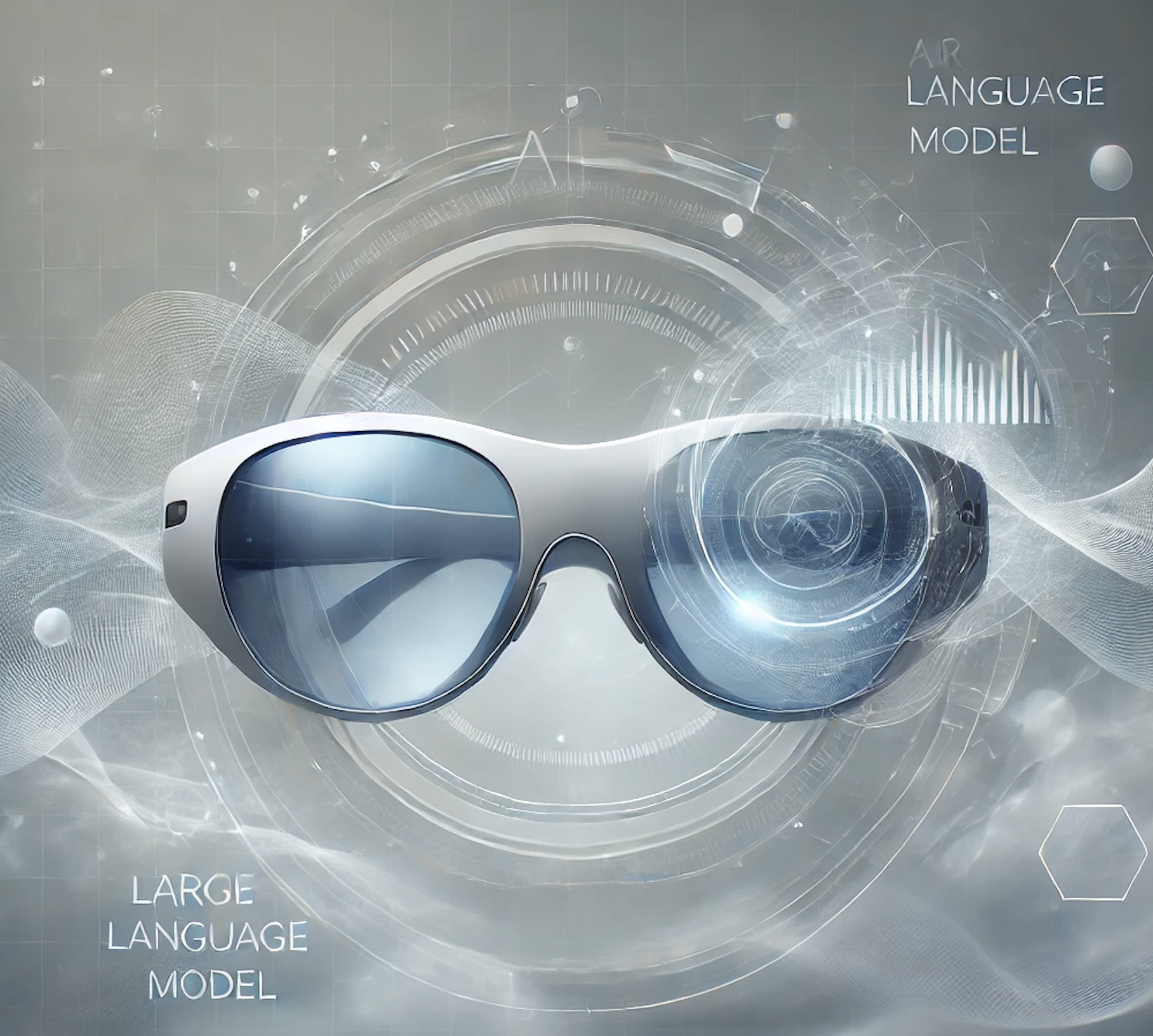Breaking Down Barriers: How LLMs Simplify Complex Information for All Users
- 1.Vision Loss and Dementia: Why Vision Loss Matters More Than You Think
- 2.Here’s Your Personalized Navigation: How LLMs Help the Visually Impaired Navigate the World
- 3.Seeing Beyond: How LLMs and AR Revolutionize Object Recognition and Language Translation for the Visually Impaired
- 4.Breaking Down Barriers: How LLMs Simplify Complex Information for All Users
- 5.LLMs Reach Expert-Level Accuracy: EYE6 Brings AI Vision Support to Life
- 6.Bringing Clarity to Life: The Link Between Vision Loss and Mental Health

AI-generated picture
Breaking Down Barriers: How LLMs Simplify Complex Information for All Users
Large language models (LLMs) are unlocking new possibilities in simplifying complex information, making it accessible to everyone—from patients trying to understand their medical conditions to individuals navigating daily life with visual impairments. This capability was recently demonstrated in a study that showcased just how powerful LLMs can be in breaking down complicated medical jargon.
In this study, researchers tested how well an LLM could explain uveitis and compared its responses to those from leading medical websites. They found that ChatGPT could tailor its responses to different literacy levels, customizing explanations to match the user’s understanding. For example, rather than simply stating, “Uveitis is an inflammation of the uvea, including the iris and ciliary body,” ChatGPT might say, “Uveitis is when the inside of your eye gets inflamed, causing swelling and blurry vision,” making the explanation clearer and easier to grasp.
What makes this particularly exciting is the ability of LLMs, like ChatGPT, to adapt their explanations based on who is asking. For a patient without a medical background, ChatGPT can simplify medical terminology, turning a complicated diagnosis into something relatable and actionable. It’s like having a friendly guide walk you through the most confusing parts of a conversation, ensuring that you don’t feel lost.
This approach is not limited to healthcare—it can be applied to any scenario where users need help navigating complex information. EYE6’s IVY, a voice assistant designed for visually impaired users, leverages the same LLM technology to provide real-time, personalized guidance for those navigating their surroundings. As Eyedaptic continues to deepen its expertise in this field, the technology will continue to adapt thereby achieving even greater synergy with the LLMs. This evolution will allow IVY to offer highly personalized features—adapting to each user’s unique vocabulary, remembering frequently asked questions for quicker assistance, and providing customized suggestions based on individual routines.
In EYE6, we’ve integrated this approach into IVY. IVY goes beyond recognizing objects or offering basic directions—it provides tailored, actionable guidance in real time, based on the needs of visually impaired users. Just as ChatGPT adjusts its responses to the literacy level of a patient, IVY adapts to real-world environments and the specific tasks users are facing. For instance, instead of simply saying, “Your keys are on the table,” IVY might offer a more detailed description: “Your keys are on the left corner of the wooden table next to the lamp.”
Additionally, IVY’s capabilities aren’t limited to understanding or describing objects in just one language. Like ChatGPT, which can process and generate responses in multiple languages, IVY is designed to read and interpret information in various languages. This multilingual functionality adds another layer of accessibility, enabling users to confidently navigate diverse and unfamiliar environments without being hindered by language barriers.
In conclusion, the ability of AI to simplify complex information, as demonstrated by the ChatGPT study, highlights its immense potential to improve daily life. EYE6’s IVY is applying this concept in real-time, breaking down complex tasks into manageable steps. By breaking down complex tasks into manageable steps, AI is reshaping how we interact with the world—making it clearer, simpler, and more accessible for everyone.
Reference
Mohammadi, S. S., Khatri, A., Jain, T., Thng, Z. X., Yoo, W. S., Yavari, N., Bazojoo, V., Mobasserian, A., Akhavanrezayat, A., Than, N. T. T., Elaraby, O., Ganbold, B., El Feky, D., Nguyen, B. T., Yasar, C., Gupta, A., Hung, J.-H., & Nguyen, Q. D. (2024). Evaluation of the appropriateness and readability of ChatGPT-4 responses to patient queries on uveitis. Ophthalmology Science. Advance online publication. https://doi.org/10.1016/j.xops.2024.100345
